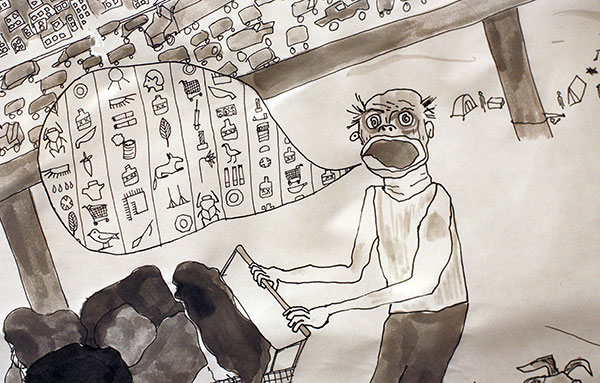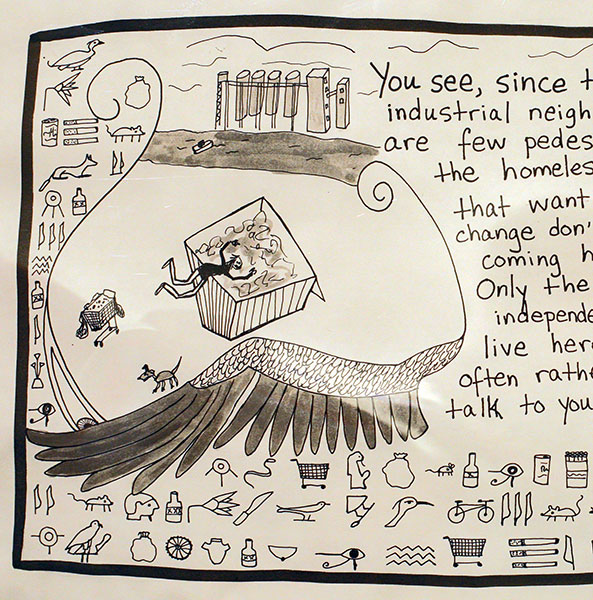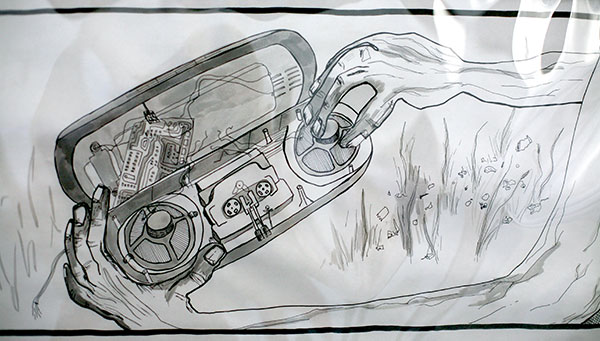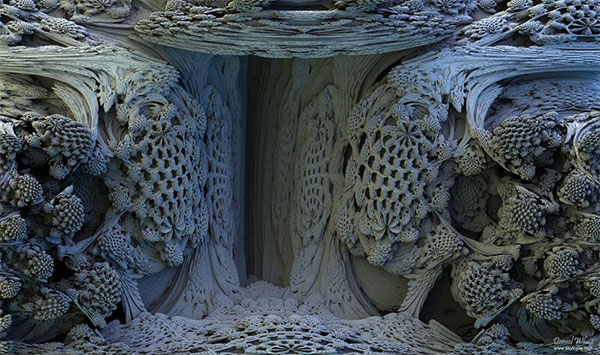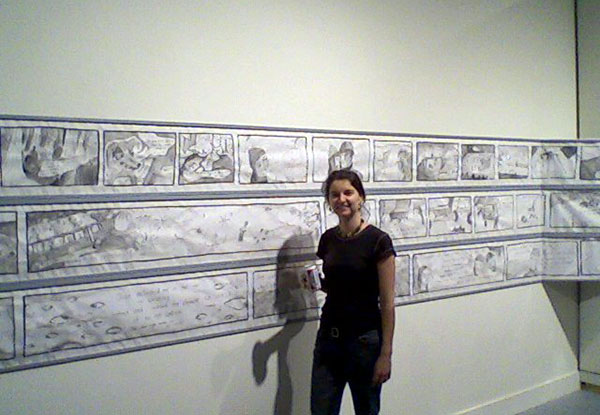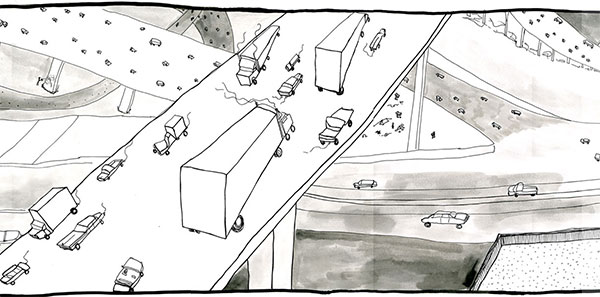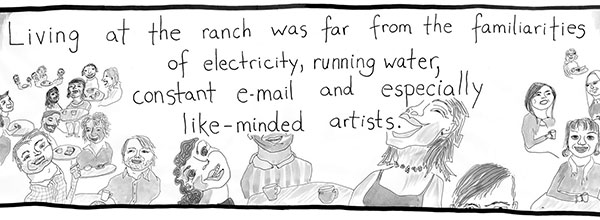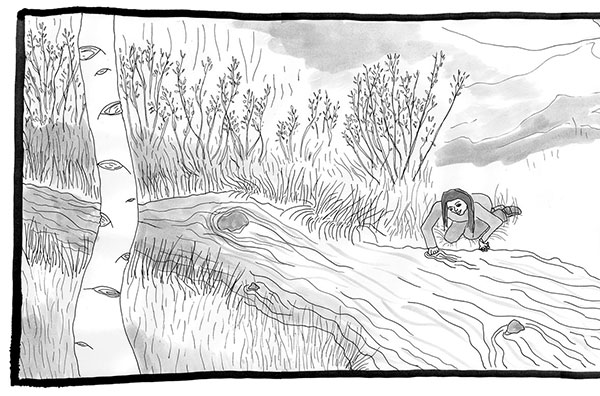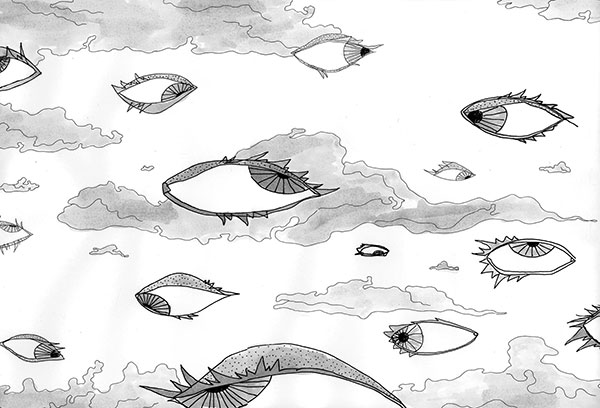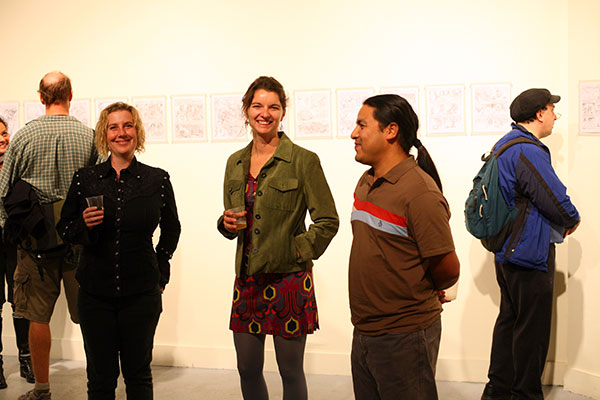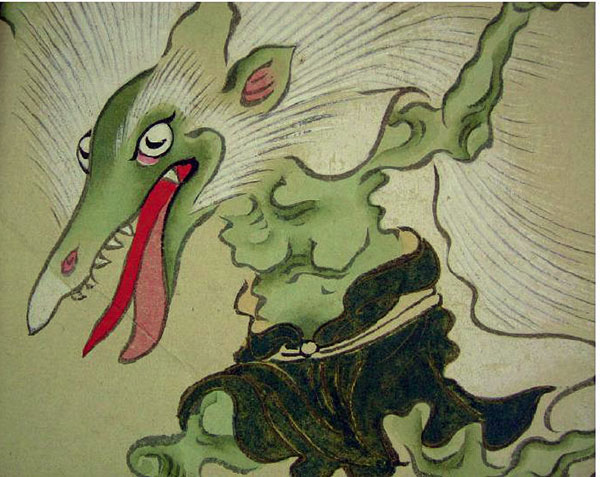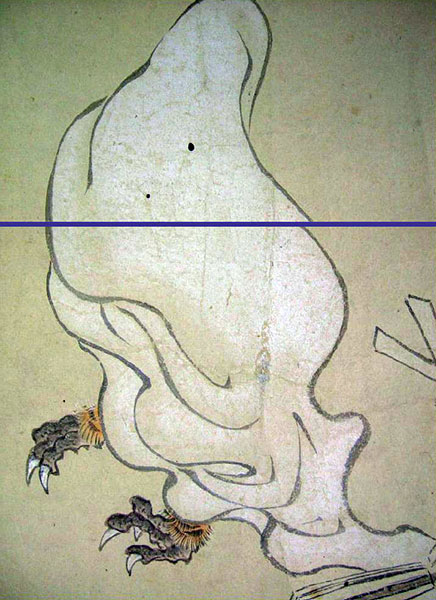Last night we watched the 1932 Boris Karloff film classic from Universal Pictures, The Mummy, I borrowed it from the library. Great, great film. And great research material for me, given my interest in spicing up the plot of Jim and the Flims with some Egyptian spells and a mummy.
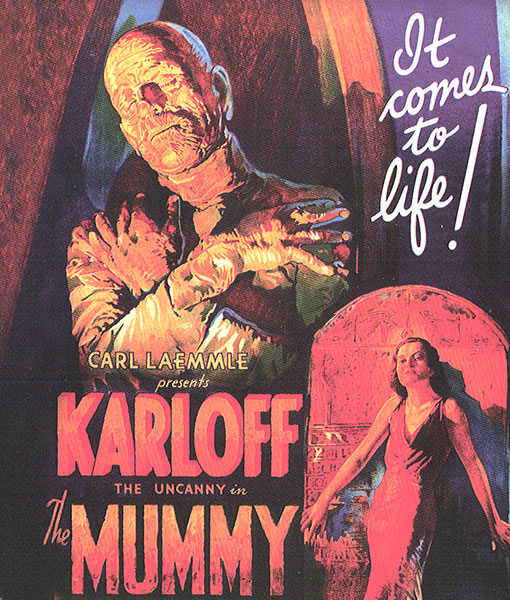
In the first scene, it’s 1922 (echoing Carter’s opening of King Tut’s tomb in 1922), and two archaeologists are in their field quarters, studying their haul. In the corner leans an open sarcophagus with Karloff mostly wrapped in mummy-bandages, and with a wonderfully wrinkled face. He’s the mummy of Imhotep, a priest from 3,700 years ago. A handsome young Oxford-educated archaeologist is studying a little box with an inscription of the lid along the lines of, “Whoever opens this box will die from the mummy’s curse.”
So naturally he opens the box, and within is The Scroll of Thoth. Thoth is that Egyptian god who has a skinny bird’s head, an ibis head. The hieroglyphs are so old that they’re pre-Dynastic. But our dreamy archaeologist copies some of them out, and begins trying to read them, reciting the text in a low murmur.

In his casket, Karloff/Imhotep, twitches an eyelid, opens his eyes, moves his hand. Cut to blond archaeologist youth still studying the Scroll of Imhotep a few feet away. A crufty hand comes into the frame and rests upon the scroll. On one finger, the mummy’s hand bears a ring with a scarab in it. The mummy leaves carrying the Scroll of Thoth. The Oxford boy backs off to the side of the little room and—begins hysterically laughing.
“He laughed until he died in a strait-jacket the next year,” we learn from the romantic-lead-type archaeologist in the next scene, which is set ten years later.

Karloff reappears, he’s still the walking-mummy Imhotep, but he looks fairly cleaned-up, thanks to magic. He’s wearing a fez and presents himself as a local named Ardeth Bey. He guides the romantic-lead archaeologist to the untouched tomb of Princess Ankh-es-en-amon, a so-called “Vestal Virgin,” from the good old days.
A quick jump forward and now Ankh’s mummy and all of the statues and ornaments from her tomb are in Cairo museum, Karloff/Imhotep/Bey goes there, lights a lamp, kneels, and recites a spell from the Scroll of Thoth, which he still has.
“Ankh Salaam. Ankh Salaam. Ankh Salaam,” chants Karloff, which is kind of great, as he’s using, like, the only two vaguely Egyptian words that anyone in the U.S. audience knows.
Not far away, in downtown Cairo, a flapperesque half-Egyptian girl at a nightclub hears the psychic call. She (played by the dishy Zita Johann) is the reincarnation of the Princess, she carries the ancient ba and ka. She’s peppy and languid by turns, depending on whether she’s under the Mummy’s spell.

And now there’s some back and forth. The romantic-lead archaeologist wears an Amulet of Isis to protect himself from the Mummy. Close-ups of Karloff’s wrinkled, triangular face, eyes huge, glaring hyptnotically. To cast a spell he holds out his hand with the scarab ring. To kill an distant enemy, he clenches his hand, and sends an old duffer to the carpet with a heart attack.
The Mummy wants to kill the flapper and then to use the Scroll of Thoth to revive her to be his wife. They’ll hang out with the sun god, Amon Ra. Karloff calls this transformation The Great Change. But a statue of the goddess Isis saves the flapper.

And in the last scene Karloff does the classic Mummy-movie thing of turning back into a skull. And now the lovers can get it on. Yeah, baby!









